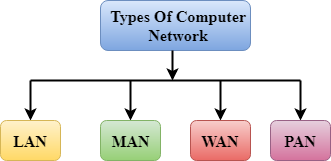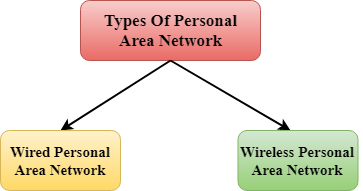Contingent Workers
Contingent workers are typically defined as people who are not employees of a company. Instead, these workers are freelancers who might work under a contract, on a temporary basis or provide consulting services as needed. Many companies consider salespeople as contingent employees. Instead of receiving a salary, a contingent worker receives payment or commissions for completed work. Contingent workers cannot be told how to complete a project, as they work for themselves. The company's focus with contingent workers is not how the work gets done; the focus is on the results.
Contractual Employees
All employees who are hired in states with at-will employment guidelines are contractual employees whether there is a written agreement or not. The IRS defines these employees as common-law employees. At-will employment allows an employer or employee to terminate the work relationship at any time without cause. As long as employees meet the rules of employment, and work continues to be available, their "contract" for work continues. Violations of the contract, such as disciplinary actions or company violations may result in the ending of the contract. Contractual employees might work on a permanent or temporary basis. Contractual employees have taxes withheld from their paychecks and might be eligible for benefits dependent upon company policy and employment laws.
Advantages
The advantages of a contingent workforce compared to contractual employees include that the company does not have to collect and pay quarterly taxes from paychecks. Instead, only an IRS 1099 tax document is created at the end of the year for payments to contingent workers when the year's payments were $600 or more. In contrast, an advantage of a contractual workforce is that it ensures that staff is available during specific hours to handle business needs.
Disadvantages
While hiring contingent workers reduces the need for staffing in certain areas, an employer lacks control over the contingent worker. Because a contingent worker manages himself, a company has only monetary control over the worker. The company cannot set work hours or treat contingent workers as employees. Companies that violate the IRS rules with respect to these independent contractors will be required to change the worker's status and pay fines and penalties, along with all back taxes on the payments made to the worker. The disadvantage of an employee workforce is that the employer incurs added costs, including federal unemployment taxes, employer contributions to Social Security and Medicare taxes, office rent and maintenance and office supplies and equipment for the employees to use.

